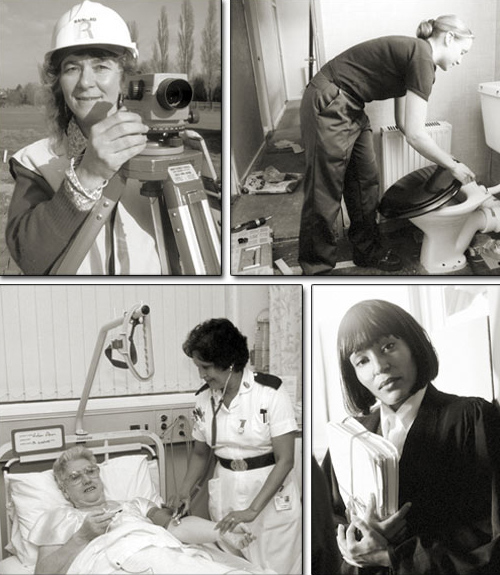1. Is work in the home shared today?
1.1 Changes in women's employment patterns
During the 1960s and 1970s there was a significant increase in the proportion of women who worked in paid employment outside the home. A pattern became established whereby married women would work in this way until the birth of their first child and then return to work part time when not occupied full time with childcare. There are a number of explanations for this. These include economic changes, bringing with them more, and different, employment opportunities; increases in educational opportunities for girls; and the re-emergence of feminism in the 1960s as, along with other disadvantaged or marginalised groups, women were becoming more powerful and gained a voice. All these factors are interrelated, though different social scientists emphasise one kind of explanation rather than another.
Feminism is a set of theories which in different ways analyse and explain gender divisions and inequalities. It is also a social movement which advocates and works for equal opportunities for men and women.
Feminism originated in the late eighteenth century.
During the latter part of the twentieth century the numbers of women working outside the home increased further. In 2002 female employment was at a record high of 12.9 million and the working age employment rate for women was at its highest level. Of all countries in the EU, the UK has the third highest female employment rate.

